There is more to renting out a house than checking out its layout and the neighbourhood it’s located in. Before you make any big decisions, make sure to carry out a detailed rental property inspection to avoid any future problems.
When moving into a new house, you need to take a lot of things into consideration. For instance, you need to check if the property is located at a secluded place. You also need to ensure there aren’t any legal ownership or transfer issues that need to be resolved. If there are any unpaid utility bills those need to be dealt with as well.
More importantly, there are some basic home inspections that a potential tenant has to do before signing off the rental agreement with the landlord.
It doesn’t matter if this is your first property rental agreement or fourth, once you have made sure your potential new house is spacious enough to accommodate you and all your belongings, make a house inspection appointment with the landlord.
Property Inspection Checklist
House hunting can be a bit overwhelming. Therefore, here is a DIY property inspection checklist that might make things a little bit easier for you.
You have to inspect these 20 things before drawing up any legal documents or paying the security deposit.
Living Area/Drawing Room
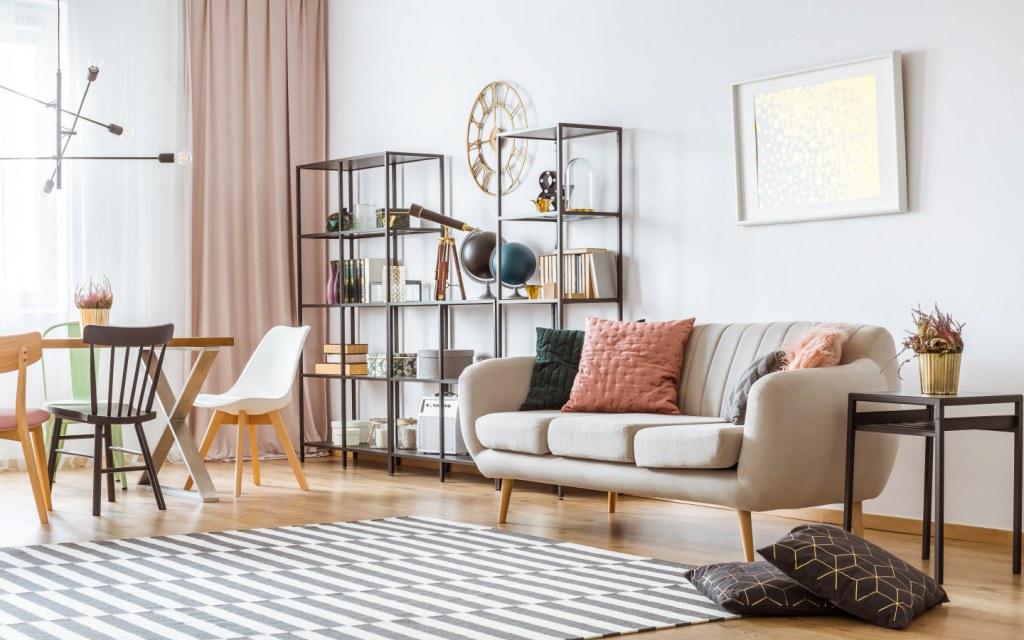
1. Paint
The first tip for property inspection is to check every single painted surface. Be it the walls or the ceiling, make sure there aren’t any scratches, smudges, cracks or stains from water damage. If the paint doesn’t look fresh or isn’t in good condition, ask the landlord for a fresh coat. However, you should do that at least a week before you are expected to move in.
In case there are any cracks in the wall, request the owner to have them fixed professionally. It is also important to mention that cracks in the wall are often indicators of a weak foundation and can even lead to termite infestation.
2. Electrical outlets and circuit box
You need to check if there are enough electrical outlets across the house to fit your lifestyle needs and whether they are installed in appropriate spots.
For example, a living room needs to have a separate outlet that would allow ideal TV placement and a separate outlet for the air conditioning unit.
The next step is to make sure all of these sockets are actually functional. While it’s suggested you use a tester for this purpose, your mobile phone charger would also do the trick.
Moreover, don’t forget to ask about the circuit box and which switches you would need to turn off in case of voltage fluctuation or any other electrical issue. You can also bring along an electrician, one you are preferably familiar with, to check for faulty wiring.
In addition to that, inquire about cable and telephone connections in the house. Ask the homeowner if you have permission to install additional lines after moving in.
3. Light fixtures and ceiling fans
Go from room to room and make sure all the light fixtures in the house are in working order. Ask the landlord what purpose each switch on the switchboard serves and check if any of the buttons are broken or in need of repair.
It’s also wise to bring along a light bulb on the day of house inspection in order to check if the empty holders are functional. In case the house doesn’t have enough light fixtures or if the hallways aren’t properly lit, you can always request the landlord to see to it.
As for the ceiling fans, apart from checking if they are actually working, also check if any of the blades are broken and if the thermostat works properly.
4. Windows
Make sure to open and close every window in the house to see if it’s in good condition. If the windows don’t have screens, ask the landlord to install them to avoid insects from entering your home.
For families with children, check if the windows close properly and whether there is a latch to keep them locked. If the windows are fitted with a wrought iron grill, make sure they secured properly.
5. Doors and locks
Apart from opening and closing every door several times to make sure they don’t creak and close all the way, you also need to check if all the locks are functional.
Ask the landlord if you can replace the current locks or install more after moving in. If there are any doors that are used by other residents, request a copy of the key for that particular lock as well.
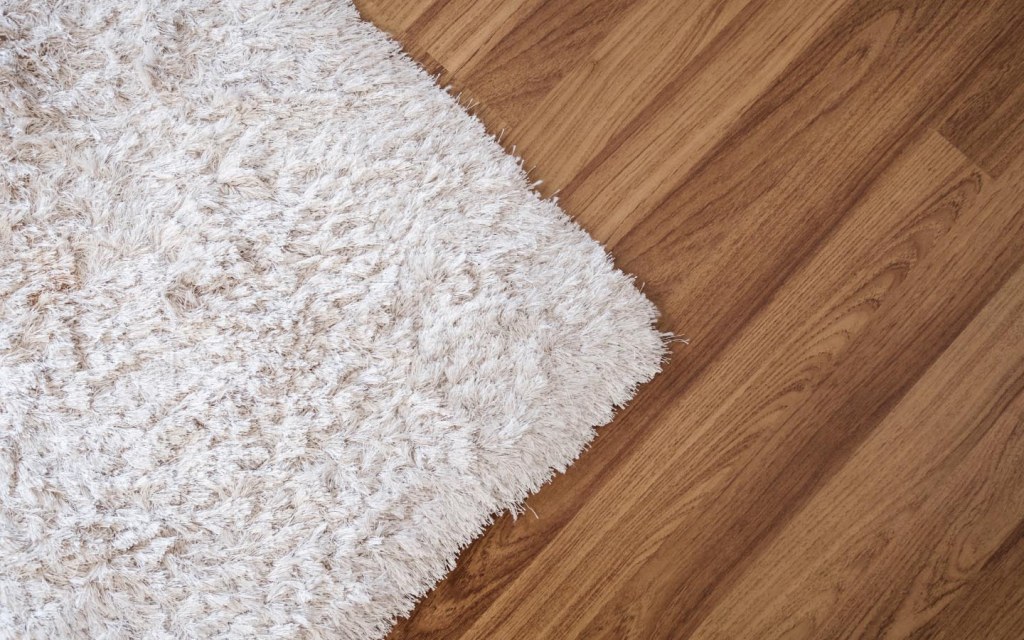
6. Flooring or carpeting
If the rental property you are inspecting is fully or partially carpeted, observe and document areas where the carpet might be ripped, faded or stained. Apart from notifying the landlord, also take a photo of the damaged parts.
In case of hardwood floors, let the landlord know if it appears to be scratched. If you don’t point it out before moving into the house, the homeowner might hold you responsible for damaging the floor while arranging your furniture.
Meanwhile, if the floor is marbled or tiled, check for cracks and missing grout.
7. Cleanliness
If former tenants didn’t care much about the cleanliness of the rental property, there is a good chance the place might be infested with cockroaches and other insects. Also, look for rat droppings when you inspect the place.
Since there is a possibility the landlord could’ve cleaned up the place a little before the house inspection, make sure to peer inside cabinets and drawers to make sure there aren’t any pesky bugs crawling around.
You also need to observe the walls and the ceiling of the unit for any mould and mildew damage. Check wooden closets and shelves for termite infestation as well. If need be, ask the landlord for fumigation.
8. Water damage
You can’t hide water damage with a fresh coat of paint – not for long, at least. Be mindful to look for seepage in every room.
Water stains can not only ruin the décor of your new house but also permanently damage the walls, floor and the ceiling. If you come across any such spots during the house inspection, ask the landlord to have the plumbing fixed.
9. Furniture
If the house you are inspecting is furnished, check to make sure if anything is broken, in bad condition, or in need of a repair. Also, if there are any particular items you don’t like or don’t have the need for, ask the landlord to remove them. Don’t forget to get the information about the person you are supposed to contact in case there is a piece of furniture that needs to be fixed.
10. Ventilation
This is undoubtedly one of the most overlooked aspects of rental property inspections. When you are renting a house, check to see if it is properly ventilated as it could not only have an adverse effect on your health but can be potentially hazardous.
It’s also important to make sure there is enough space to set up a clothing line in case the property doesn’t have a separate laundry area.
Kitchen
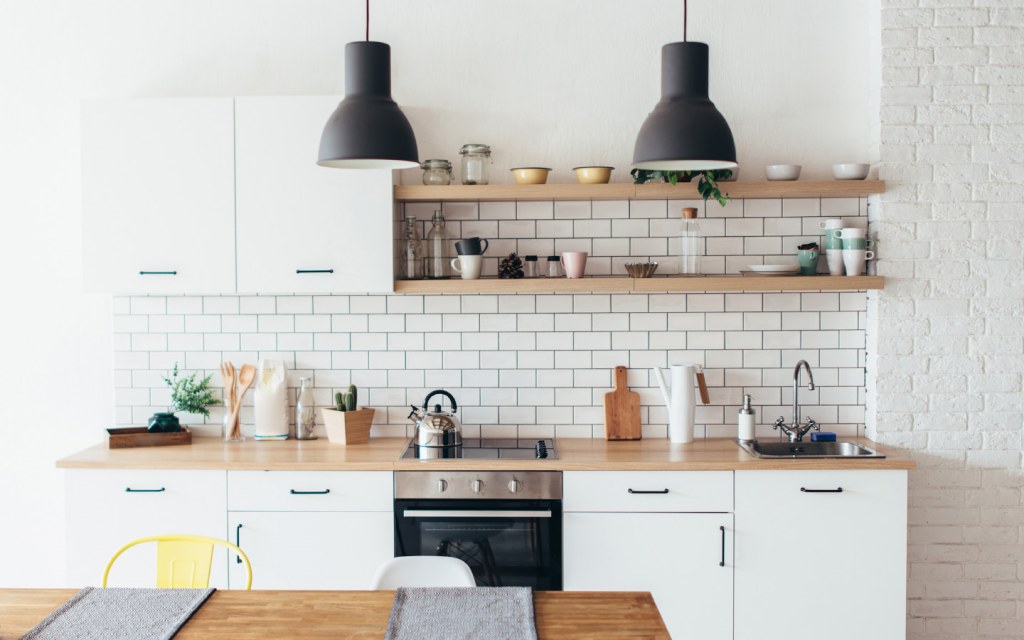
11. Gas supply
Along with asking the landlord if the gas supply is consistent throughout the day, you can also pay your potential new neighbours a quick visit and get their feedback. If possible, visit the property once during the day and then again during the night to check it for yourself. If the kitchen comes with a stove installed, turn on each burner to see if it works properly.
12. Water supply
Check every faucet to see if it is in working order and not leaking. Ask the landlord and the neighbours if the water supply is consistent and if only clean water comes through the pipes. If the pipes are rusty or if there is a leak somewhere, it could later lead to seepage problem.
13. Storage space
Since pantries are rarely an option while renting out a house in Pakistan, you’ll need to gauge if there are enough shelves, drawers and cabinets in the kitchen to fit your need. If there isn’t ample storage place, ask the landlord if you are permitted to install temporary shelves after moving in.
14. Electrical outlets
Although we have covered this above, don’t forget to check if the kitchen has sockets for your refrigerator, deep freezer, microwave etc.
Additional electrical outlets are also required to plug in other kitchen appliances like juicers, sandwich makers and toasters. Don’t forget to note down the total number of outlets in your checklist for property inspection.
Bedrooms
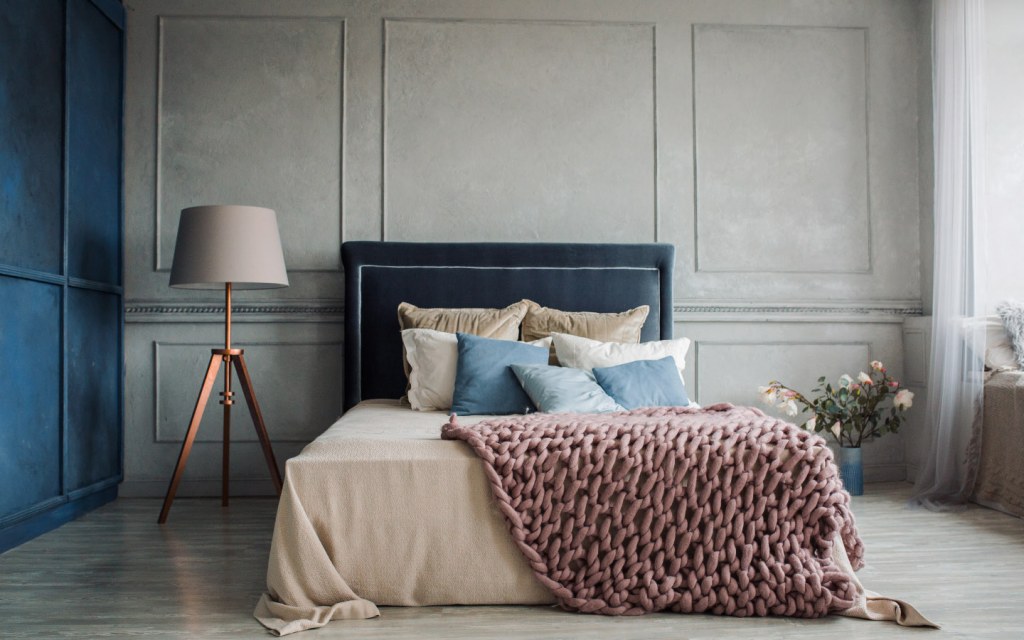
15. Closets and shelves
If there is a walk-in closet in the rental property you are inspecting, remember to step inside and check for mould and mildew. If the closets are simply built-in, open and close every cabinet and check if the locks are working properly. Again, you need to make sure there is enough closet space for you to place your clothes and other accessories in.
16. Natural light
Carry out your house inspection during the day to see if it receives ample sunlight. You also need to check if the property is well-lit during the day hours, particularly the hallways, living area and bedrooms.
Bathrooms
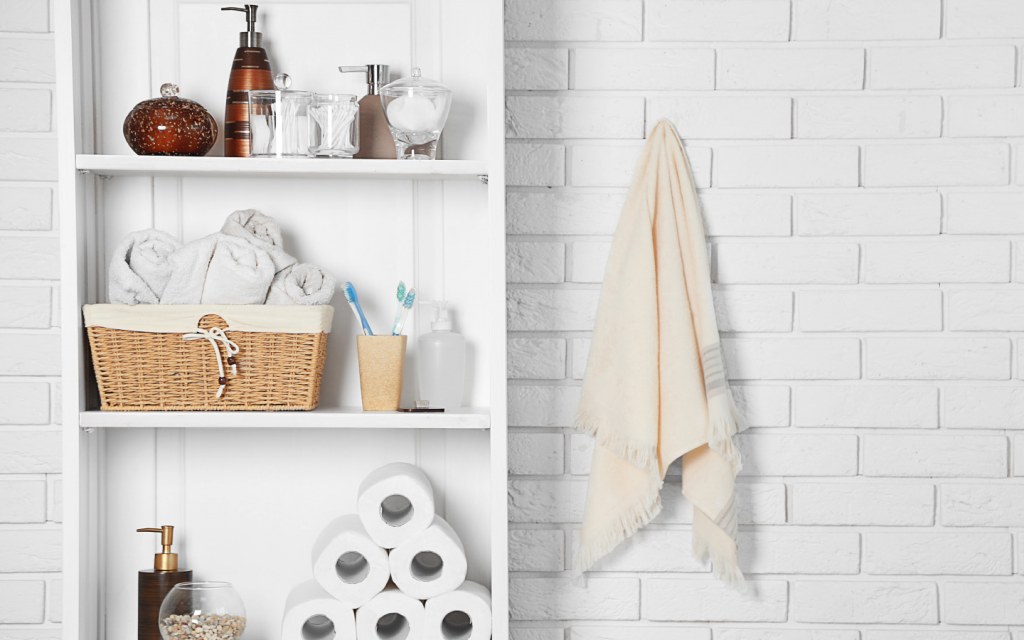
17. Plumbing
Perhaps the easiest way to figure out if the plumbing in your next rental property is up-to-date is by flushing the toilet. If it works perfectly and the pipes do not make any weird sound, things might not be too bad.
When it comes to the shower area or the bathtub, check if the drains are clogged and whether the faucets are in working order. Don’t forget to quickly check if the pipe under the sink is leaking.
Usually, we don’t pay attention to the things that are not immediately visible, even though it’s those things that have the potential to cause the most damage. However, keep a house inspection checklist on hand so you don’t miss any of these things.
Exterior
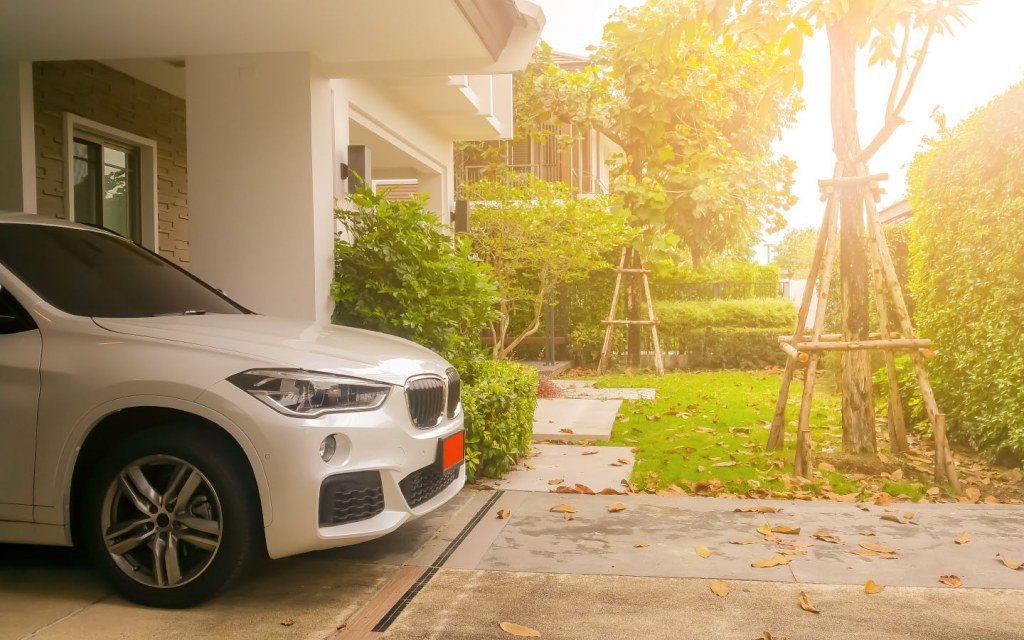
18. Parking Space
This is one of the most important yet widely ignored parts of any house inspection checklist.
It’s great if the house you are inspecting comes with a parking garage or a designated parking space. However, in case it doesn’t, ask the landlord where you can park your car and make sure the area is well-lit and secure.
19. Noise
Dealing with noisy neighbours, particularly those who have been living in the same neighbourhood for quite some time and are pretty set in their ways, can be a headache.
Therefore, in order to determine if it tends to get noisy around the property, visit it several times at different hours. You can also take a walk through the neighbourhood. If there are any concerns, make a note on your property inspection checklist and discuss them with the landlord.
20. Security
Apart from making sure the neighbourhood is secure and all the locks on your door work perfectly, you can also invest in an alarm system. If that’s not a possibility, ask the landlord about the possible security measures, like hiring a guard or installing a CCTV camera.
This house inspection checklist is to ensure you don’t miss out on any important details before signing the rental agreement. Interestingly, it will also give you a good idea of what kind of relationship you’ll have with your future landlord.
Looking for the best real estate blogs in Pakistan? Your search is over. Stay connected to Zameen Blog, your top source of property blogs in Pakistan.



